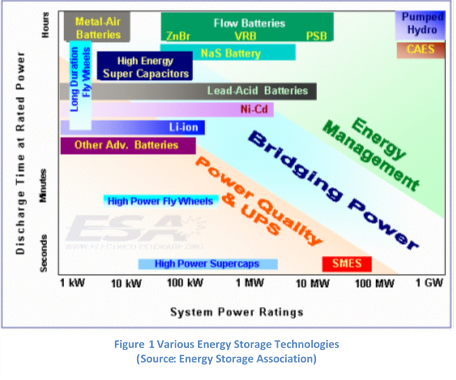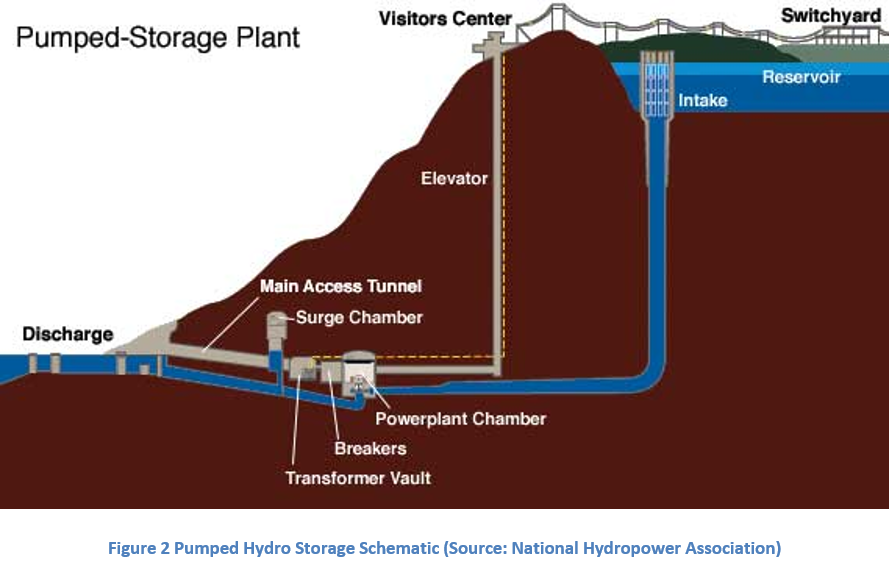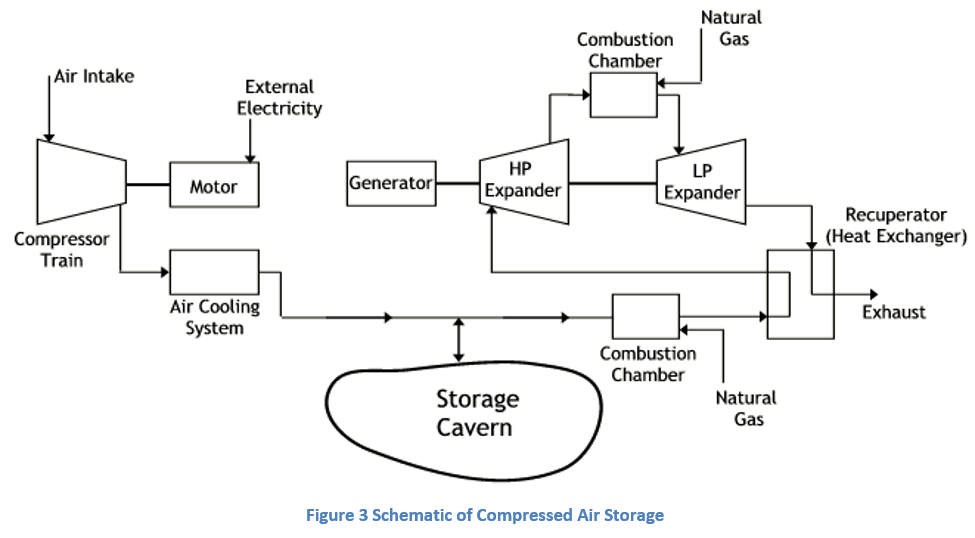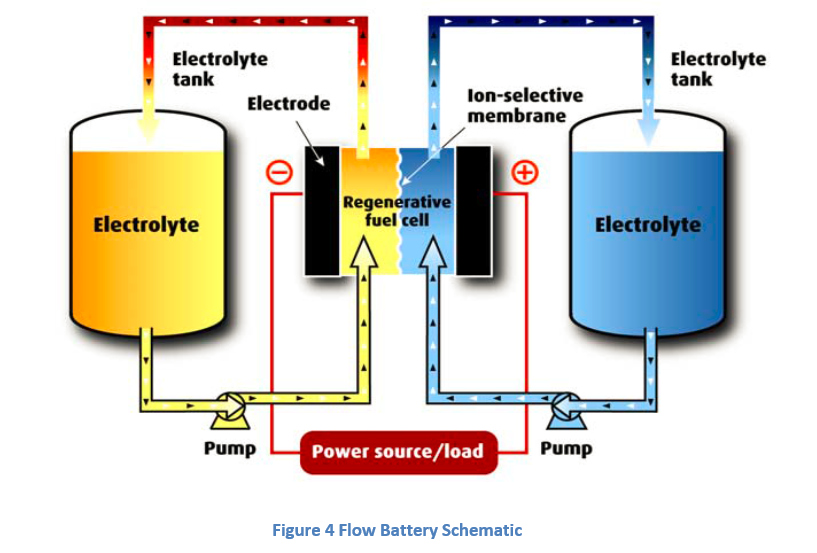The first challenge we must face in our energy future is energy storage
Posted by Eddie Sheng on September 17, 2014
It’s been said that electricity is the most valuable form of energy. In fact, the modern world wouldn’t function, let alone exist, without a constant supply of electricity. But what exactly is electricity? In some sense, electricity constitutes everything under the sun. Practically everything in our lives is made of electricity. The electromagnetic spectrum covers everything from radio waves to visible light to gamma ray. Everything we can touch, hear or feel is caused by the repulsion of electrons in matter that make up all of us. Access to electricity gave birth to the modern world and advancements in technology, yet the growing demand for electricity could also bring about global devastation if we do not carefully weigh our options and manage our resources.
With each passing year, the effects of global warming become more evident. In the last few years we have experienced super hurricanes, polar vortices, floods and other record-breaking climate events. The devastation will likely continue if we do not reverse course on the use of fossil fuels and carbon-emitting technologies. Renewable energy like solar and wind hold the potential for a sustainable future. But before we jump on the renewable energy band wagon, there are still some hurdles that we have to be overcome. Sustainability cannot come from the use of renewable and low carbon technologies alone. Wind and solar electricity production are not available on-demand – solar cells can’t produce energy when it is dark and wind turbines can’t turn when the air is still.
 Thus, the first challenge we face in our energy future is energy storage. Developing the technology to properly store energy from renewable systems such as solar and wind power will enable large-scale electricity generation from these sources. Additionally, these storage systems need to be reliable and have a low-impact on the environment.
Thus, the first challenge we face in our energy future is energy storage. Developing the technology to properly store energy from renewable systems such as solar and wind power will enable large-scale electricity generation from these sources. Additionally, these storage systems need to be reliable and have a low-impact on the environment.
While there are still emerging technologies being developed, there are currently only three main technologies suitable for large-scale energy storage. These technologies include pumped hydro storage, compressed air storage and flow battery technology. As demonstrated in Figure 1, the top right corner represents suitable technologies for large scale energy storage.
Pumped hydro storage is the most widely used large-scale energy storage around the world. It works on the principle of potential energy. Water is pumped and stored in an upper basin during off-peak hours and when electricity is needed, the water flows through a turbine to generate power (Figure 2). Pumped hydro is a mature technology and the components and principles behind such systems are well understood. This form of energy storage also has the benefit of not requiring any expensive storage medium because water is naturally occurring and non- toxic.
The main disadvantages of pumped hydro storage are its intensive capital requirements for construction and its dependence on local topography. Construction of pumped hydro storage involves flooding a large area. This means significant changes to the surrounding environment and possibly the evacuation of local residents. Sites for pumped storage also require suitable elevation features in order to effectively utilise potential energy from stored water.

Compressed air storage is a variation of a gas turbine power plant. In a natural gas power plant, a compressor is used to compress air. Natural gas is combusted with the compressed air to produce exhaust. As natural gas and air combust, their volumes expand rapidly. This expansion of gaseous exhaust is what drives the gas turbine. In turn, the turbine drives an electric generator that provides power. A large portion of the power from the cycle is used to keep the compressor turning.
Compressed air storage systems on the other hand use a compressor driven independently by an electric motor (Figure 3). While natural gas power plants have the ability to quickly start power production when electricity demand rises (when electricity demand dips during the night and off-peak hours, natural gas plants are usually not in operation), in compressed air storage systems, the compressor compresses air and stores it at high pressure underground during these periods. When power is needed, the pressurized air is released and combusted with natural gas to drive the turbine. By doing so, the consumption of natural gas is reduced.
The downside of compressed air storage comes from the fact that such facilities must be located next to an underground cavern or abandoned mineshaft. And the added complexity of the system also increases the capital costs. In addition, the installation of compressed air storage systems have to compete against carbon sequestration facilities. Carbon sequestration captures and stores carbon dioxide at high pressure underground. Construction of a compressed air storage facility means the site will no longer be available for carbon storage. The volatility of natural gas pricing can also be a significant factor in deciding the scale of use.

Flow batteries represent one of the newest developments in energy storage technologies. Unlike lead-acid batteries, flow batteries allow for greater number of discharge cycles as well as depth of discharge. The components used for a flow battery also are not nearly as toxic or corrosive as that of a lead-acid battery, however, the system includes moving components which require regular maintenance. Flow batteries work on a principle similar to that of a fuel cell (Figure 4). Electrolytes stored in tanks are pumped through a stack of electrodes. Between the electrodes are ion-exchange membranes. As electrolytes flow past the membrane, a current is induced and fed into the electricity grid. In a charging cycle, the process simply runs in reverse. The storage capacity of the flow battery system is determined by the size of the electrolyte tanks.
A major disadvantage of flow batteries is cost. Although flow battery systems do offer greater flexibility because they don’t need to be located in a specific type of topography or geography, of the three storage technologies discussed the flow battery is the most expensive per unit of storage capacity.

As the world’s population continues to grow, global energy requirements will likely rise just as fast. Adoption of renewable energy is inevitable but as future developments in the field continue, construction of battery storage facilities will aid in the production and distribution of solar and wind power. Regardless of storage technology, the source of power generation will still account for the overall GHG emission of our electricity. Large-scale deployment of renewable energy generation coupled with utility-scale energy storage still remains the most feasible solution in combating atmospheric carbon concentration and global warming.
Edited from original submission.
Filed under: Students on Sustainability